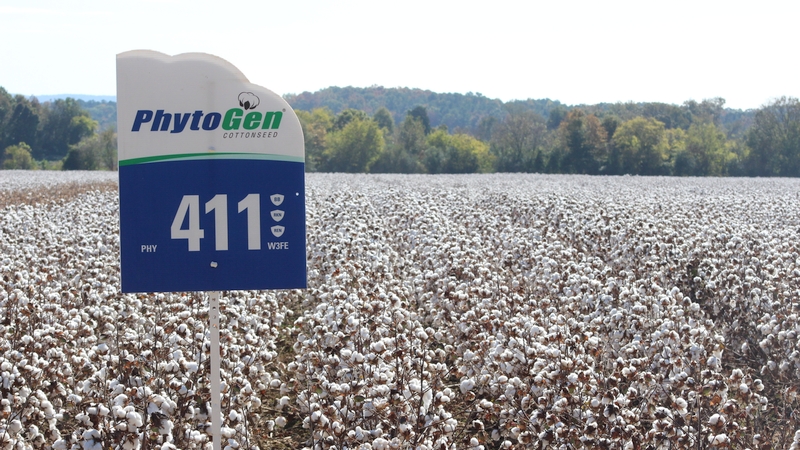Sell at Harvest and Buy Call Options to Help Offset Low Demand, Storage Costs
Cotton prices suffered all week as the lack of demand, especially for U.S. growths, drove prices lower. Lower prices, so the rule says, should uncover good demand. But not so this week, at least not for U.S. cotton.
In simple terms, downstream demand from the retailer, the cut and sew operation, the apparel and finishing mills, further down to the yarn mills, and finally to the grower is just little more than nonexistent. The little demand in the market finds foreign cotton to be considerably more attractive both in volume and in price.
We have written about demand until you and I are both blue in the face. Yet, the lack of demand continues to hit us in the face time and time again.
However, just as the market has been unable to penetrate the price resistance above 88-90 cents, the 82-cent area continues to provide long term support to market activity. Yet, the trading range is on life support, as the 82-cent level is struggling to hold the market’s sell-off. Prices are attempting to hold the 100-day moving average. However, further weakness would push prices below 82 cents and would, on a settlement basis, push prices lower.
Yet, for now, the trading range continues to hold.
I am on record of saying the odds are better for another run at 90 cents rather than falling below 82 cents, but there is a challenge now. Penetration of 82 cents brings 79 cents into play with the next line of support all the down to 74-76 cents. However, the 82-cent level should hold.
Certificated stocks continue to increase, and this notes the weakness in demand. Additionally, merchants and cooperatives both indicate that foreign growths are considerably more attractive to mills than U.S. growths. The market continues to be battered as the December contract is losing open interest as the liquidation of December continues while certificated stocks increase.
U.S. cotton should move by mid-November to late December; thus, the certificated stocks should find a home in the export market. Yet, the market is all about timing, and those shipments may come too late to hold prices within the trading range. However, U.S. carryover does come into play. While U.S. carryover is estimated to be less than 3 million bales, U.S. exports may fall as much as 500,000 bales below the current USDA estimate of 12.2 million bales.
World events have added considerably to market uncertainty. The uncertainty associated with weather and other elements of production and consumption can be quantified and are specifically defined as “risk” and built into pricing models. However, the emotional uncertainty surrounding wars and rumors of wars adds an unquantifiable uncertainty which adds both caution and bearishness to any market. The potential for manmade conflicts can wreck any forecast.
Thus, growers are facing a significant potential that any general level of price increase awaits the May-July period. Therefore, growers are cautioned that the only way to protect themselves from very expensive storage and carrying cost associated with holding cotton after harvest is to sell at harvest and buy call options.
Someone once said call options are expensive. To the contrary, empirical data shows that “expensive” is more closely associated with not buying the call option and paying storage and carrying costs. Said another way, if you do not do it, then you will find out what expensive is.
Certainly, I did not feel December would fall below 83 cents, and yet December now sits at that point (82.40). Repeating from the past several weeks, growers should be prepared to sell their crop at harvest and buy call options. This strategy will avoid storage costs. Someone, some entity, some firm, some company will pay storage and carrying costs. Hopefully, the grower, by his own actions, will pass this cost to the merchandising industry this year.
Give a gift of cotton today.








